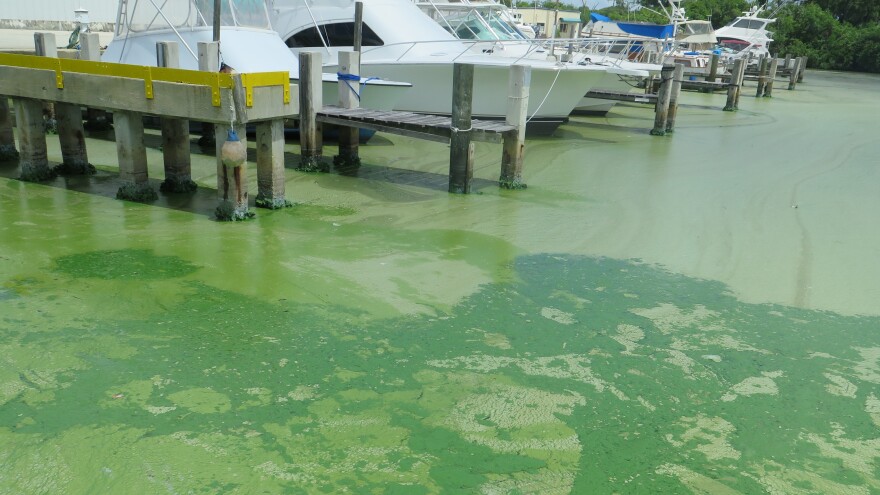Seemingly more bodies of water in Wyoming are being affected by harmful algal blooms, but some experts say that might not be the case.
Harmful Cyanobacteria Blooms (HCB’s) can look like grass clippings, blue-green scum or spilled paint on water. They’re actually naturally occurring, but in higher levels can be toxic to humans and animals.
As of the end of August, 36 bodies of water in the state have blooms, and while only some have recreational advisories, it’s recommended to be cautious around any bloom. In 2018, there were only 12. But, Kelsee Hurshman, HCB coordinator for the Wyoming Department of Environmental Quality (DEQ), said they aren’t necessarily increasing.
“I think the increase of advisories comes with more frequent monitoring as well as more public awareness,” she said.
Basically, the agency is getting better at detecting the blooms.
But, some other experts say it is possible these blooms are increasing around the globe and it’s partly linked to warming temperatures.
“That is a big factor. These cyanobacteria have a higher temperature optimum, oftentimes the hotter the better for them,” said West Bishop, algae scientist and water quality research manager at SePRO Corporation, a for-profit national group that works in plant and water management.
Bishop said nutrients produced in warmer weather could be helping HCB’s thrive.
Notably, Hurshman with the DEQ, cited research that indicates climate change might not be affecting HCB’s in Wyoming’s water as much as some think. The results showed that in the past 36 years very few lakes in Wyoming have gone through eutrophication, which is when there’s a high concentration of nutrients that HCB’s can thrive in.
Regardless, late summer and early fall are peak times for HCB’s. Be aware of recreational advisory around bodies of water – you can find them here. If water is ingested it can be toxic.







